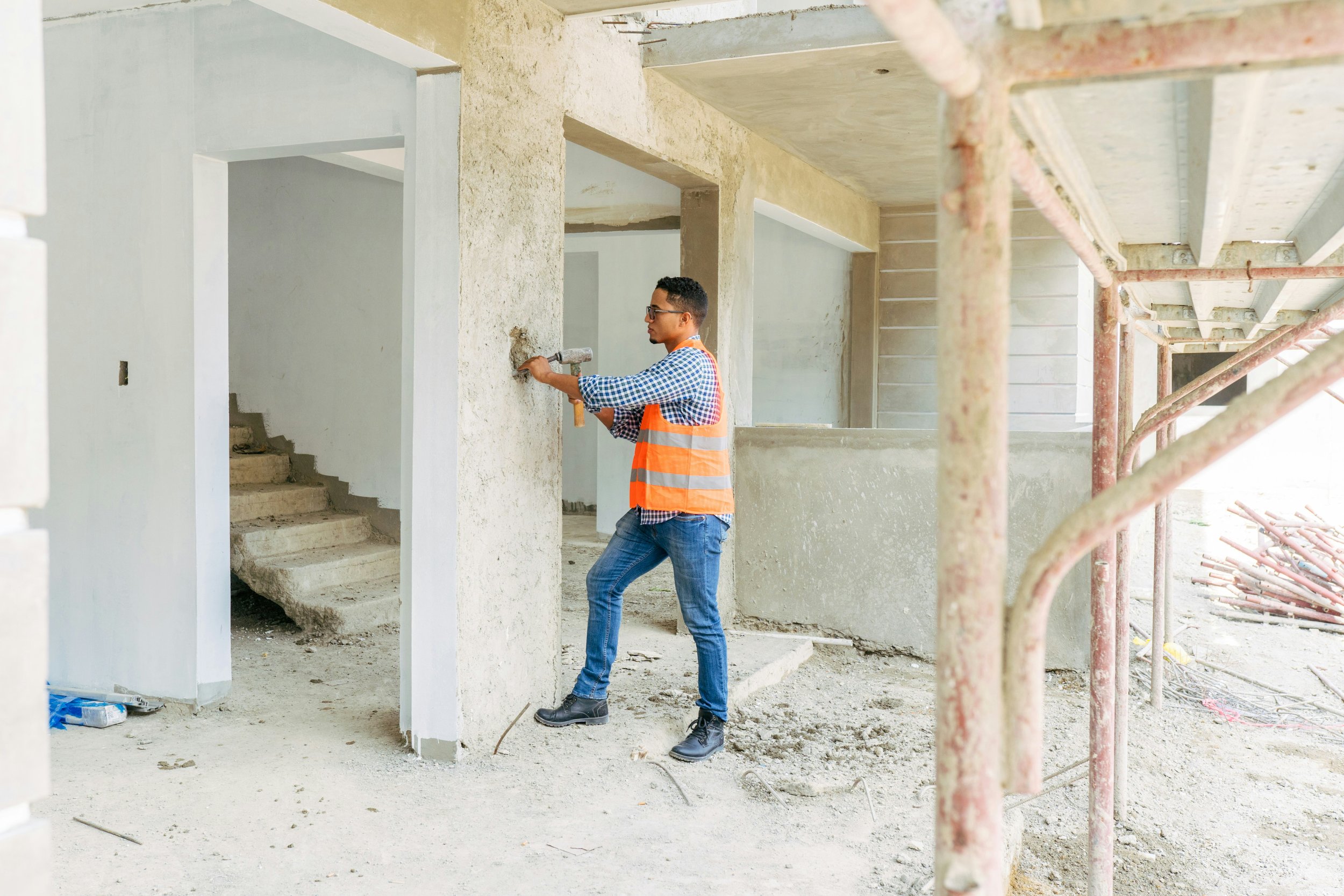From Flames to Floods: The Dual Threat of Firefighting Water Damage
When a fire breaks out in your home, the immediate concern is getting the flames under control to protect your family and belongings. Once the fire is extinguished, however, you may be left with an unexpected and equally damaging consequence: water damage. The very water that helped save your home from the flames can also cause its own set of problems, requiring water damage cleanup. This creates a unique challenge that requires addressing both fire and water damage in the aftermath.
Firefighting water damage can compound the effects of fire damage, making professional cleanup essential for fully restoring your home.
Fire and Water: An Unlikely Duo
Fire and water are natural enemies, but when it comes to firefighting, they must work together to save lives and property. Firefighters often use large amounts of water to extinguish the flames, especially in residential fires. Whether it’s from a fire hose, sprinkler system, or even foam extinguishers, the water quickly soaks into floors, walls, furniture, and just about anything in its path.
While the immediate danger from the fire is gone, the water used to fight it can leave lasting damage that requires special attention. Water damage cleanup after a fire may not be top of mind in the chaos, but it’s an important part of the cleanup process that can’t be ignored.
The Compounding Effects of Water Damage After a Fire
Water damage in the aftermath of a fire can often be worse than what you initially see.
Here’s why:
Structural Weakness: Fire weakens the structure of your home by burning through wood, drywall, and insulation. When water is introduced, it can further compromise the integrity of these materials, leading to sagging ceilings, collapsing walls, or warped floors. Water saturates the structure, and with fire damage already present, it can become a dangerous situation.
Mold Growth: One of the biggest threats of water damage is the potential for mold growth. Mold thrives in damp environments, and after firefighting efforts, there’s often plenty of moisture trapped in the home. If not properly dried, mold can start to grow within 24-48 hours, leading to health hazards and further damage to your home’s materials.
Soot and Water Mixture: After a fire, your home will likely be coated in soot and ash. When this mixes with water, it creates a corrosive and sticky substance that can infiltrate porous materials like furniture, carpets, and walls. This mixture can stain surfaces, damage electronics, and leave a persistent odor if not cleaned promptly.
Electrical Hazards: Water and electricity don’t mix. In the aftermath of a fire, there’s often a risk of electrical components being exposed to water. This can lead to short circuits, further damage to appliances, and in some cases, even the risk of electrical fires once power is restored.
Why Professional Water & Fire Damage Cleanup is Critical
It’s tempting to jump into action yourself after the fire trucks leave, but DIY solutions won’t be enough when you’re dealing with both water and fire damage.
Here’s why professional cleanup is crucial:
Expertise in Dual Damage: Fire and water damage require different techniques for cleanup, and it takes expertise to manage both effectively. Professionals at Ultrawest Restoration are trained to assess the damage from both elements and develop a comprehensive plan that addresses the unique challenges they present.
Specialized Equipment: Fire and water damage restoration often requires industrial-grade equipment to fully clean, dry, and restore your home. This includes dehumidifiers, air movers, and water extraction machines to remove all moisture. Professional-grade air scrubbers and cleaning agents are also necessary to remove soot and odor.
Mold Prevention: With water damage comes the threat of mold, and professionals know exactly how to dry out every nook and cranny to prevent mold from taking hold. If mold is already present, they can safely remove it before it becomes a bigger problem
Safety First: After a fire, your home may not be structurally sound. Professionals know how to safely navigate your home, identify hazardous areas, and prevent further damage while ensuring your safety.
How Ultrawest Restoration Can Help
At Ultrawest Restoration, we understand the unique challenges that come with fire and water damage occurring at the same time. Our team is trained to handle both types of water and fire damage cleanup and will develop a plan to quickly and efficiently restore your home to its pre-damage condition. We start by assessing the extent of the fire and water damage, remove any standing water, thoroughly dry out the property, and clean soot and smoke from all surfaces. We also ensure mold prevention and structural integrity checks are part of the process.
From Flames to Floods, You’re Covered
Dealing with the aftermath of a fire can be overwhelming enough without the added stress of water damage. However, by addressing both water and fire damage as soon as possible, you can ensure your home is fully restored, safe, and free from long-term issues. Whether it’s weakening structures, mold growth, or soot-covered surfaces, the team at Ultrawest Restoration is here to help you through every step of the process.
From flames to floods, we’ve got you covered. Let us take care of the dual threats so you can focus on moving forward.



